19 Minutes
Google’s Made by Google Showcase and the Pixel 10 Era
Google opened the fall device season early with its Made by Google event, centering the show around the new Pixel 10 family. But the launch wasn’t just phones: Google also introduced the Pixel Watch 4, refreshed Pixel Buds, an official MagSafe-style ecosystem called Pixelsnap, and a broad set of on-device AI upgrades powered by the new Tensor G5 and Gemini Nano. These announcements signal Google’s move to blend hardware design with powerful local generative AI, multi-device continuity, and new wireless standards like Qi2.
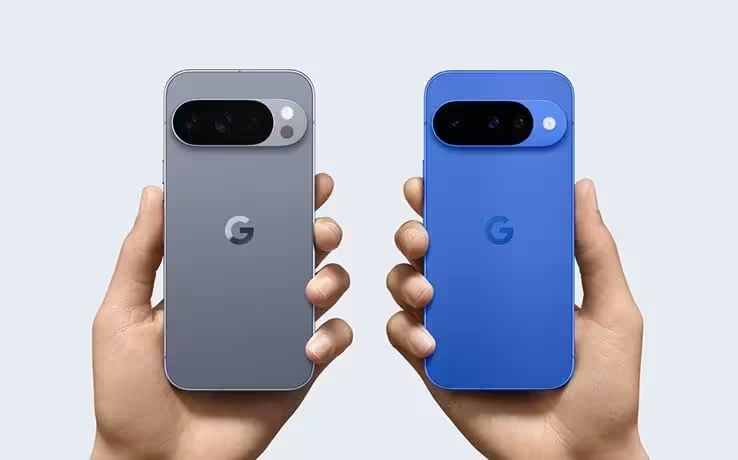
Why this event matters
For global tech watchers and mobile professionals, the Pixel 10 launch is significant on several fronts. Google is closing the gap between software and hardware by baking advanced AI into everyday device experiences, introducing Qi2 magnetic accessories, and pushing new camera and display technology across multiple price tiers. The Pixel 10 series also introduces features previously reserved for premium models—like telephoto optics—to more accessible SKUs, which can reshape market expectations for mid-flagship phones.
Pixel 10: The new baseline for computational photography
The Pixel 10 reimagines the base Pixel phone as a much more capable imaging device. For the first time, a non-Pro Pixel includes a telephoto lens: a 5x optical zoom that leverages Google's computational pipeline to deliver 10x optical-equivalent image quality through smart cropping and processing, and a Super Res Zoom that claims to reach a 20x zoom equivalent. The rear camera array pairs a 48MP main sensor and a 13MP ultrawide shooter with a 10.5MP front-facing camera.
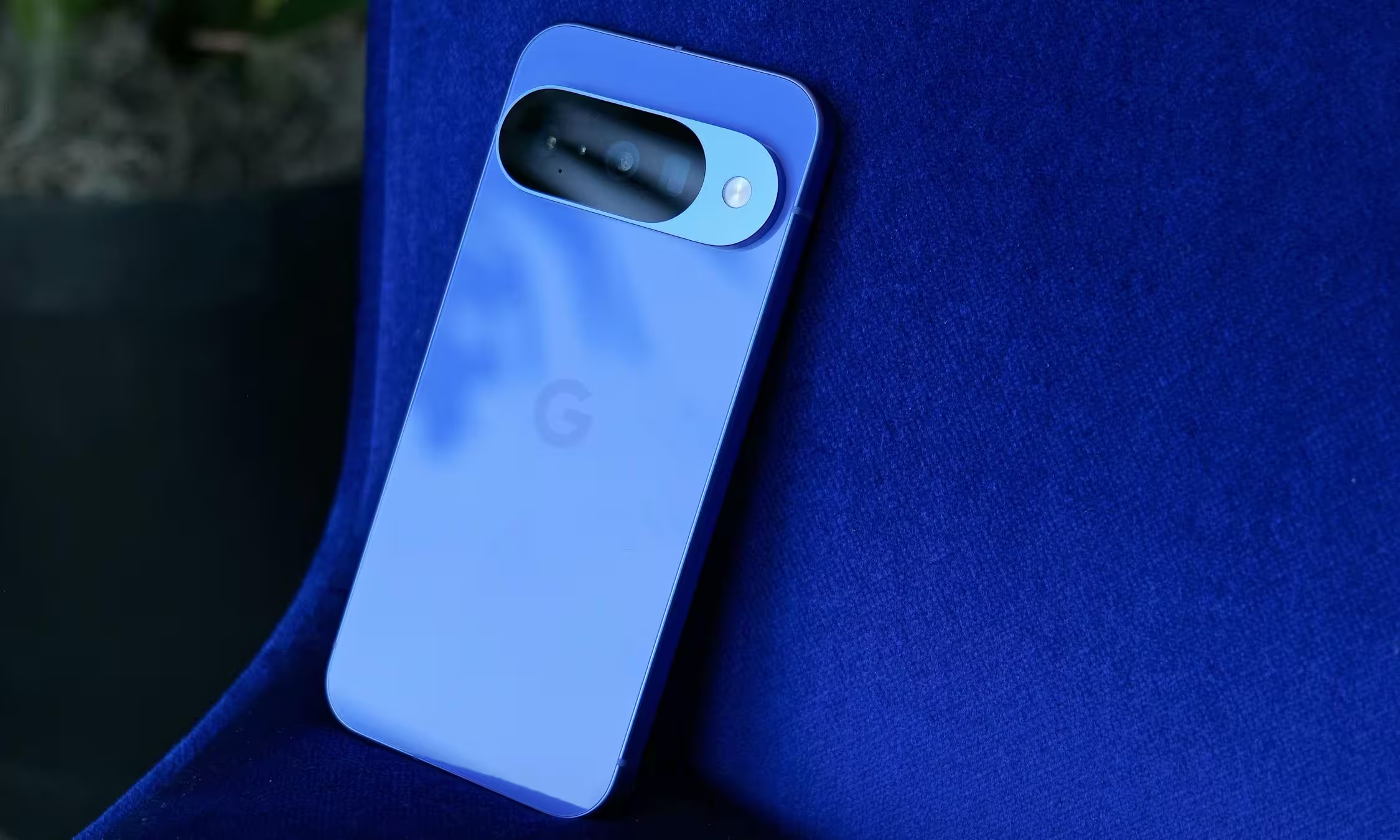
Performance and on-device AI
The Pixel 10 runs on the new Google Tensor G5 chip, which Google positions as approximately 34% faster than the Tensor G4. Crucially, the G5 is the first mobile SoC to run Gemini Nano locally, enabling more than 20 generative AI experiences directly on the handset. That local execution improves latency, privacy and offline capabilities for features like conversational editing, Camera Coach suggestions, and Magic Cue context-aware prompts.
Display, battery and materials
The Pixel 10 features an Actua display capable of up to 3,000 nits of peak brightness — useful for outdoor visibility and HDR content — and brings visual tweaks with Material 3 including expressive photo wallpapers, customizable quick settings and refined typography. Google advertises battery life beyond 30 hours for typical use, up from the Pixel 9’s 24+ hours. With a 30W adapter, Google says the Pixel 10 can reach roughly 55% charge in 30 minutes. The handset pairs a satin metal finish with Gorilla Glass Victus 2 and an IP68 rating for dust and water protection.
Availability and pricing
The Pixel 10 will arrive in stores on August 28, starting at $799, and will be offered in Obsidian, Frost, Lemongrass and Indigo finishes.
Pixel 10 Pro and Pixel 10 Pro XL: Camera, display and audio upgrades
The Pixel 10 Pro and Pro XL step up the experience for power users. Both Pro models feature a triple 48MP camera array: a 50MP wide main sensor, a 48MP ultrawide, and a 48MP 5x telephoto. Google claims this represents the company’s best smartphone camera system to date, with enhanced computational photography and image stabilization.
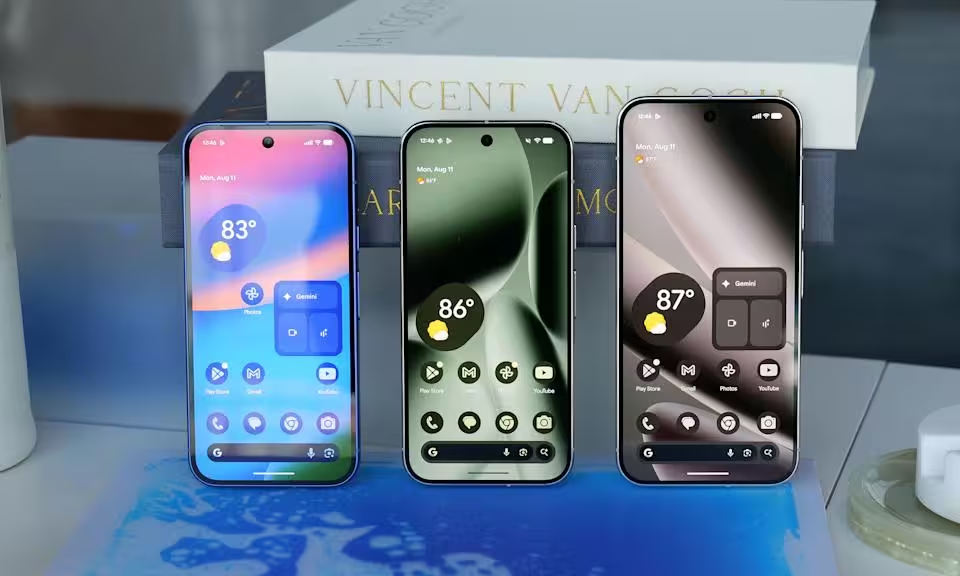
Specs and display tech
Pro models include 16GB of RAM (versus 12GB in the base Pixel 10), larger Super Actua displays that are approximately 10% brighter than the Pixel 9 Pro series, and up to 3,300 nits peak HDR brightness while consuming less power. The Pixel 10 Pro measures 6.3 inches, and the Pixel 10 Pro XL stretches to 6.8 inches; both offer variable refresh rates up to 120Hz for smoother scrolling and gaming.
Battery, charging and audio
Google rates both Pro phones for more than 30 hours per charge. The Pixel 10 Pro supports 30W wired fast charging, while the 10 Pro XL supports up to 45W wired charging. Both models support the Qi2 wireless charging standard — and in a first for phones, the Pixel 10 Pro XL supports 25W wireless charging thanks to Qi2.2 compatibility. Google also emphasized upgraded speakers on the Pro XL for stronger bass and balanced stereo sound.
Pricing and release
Pre-orders open immediately, with retail availability on August 28. The Pixel 10 Pro starts at $999 (128GB), and the Pixel 10 Pro XL begins at $1,199 (256GB). Colorways include Moonstone, Jade, Porcelain and Obsidian.
Pixel 10 Pro Fold: A major step for Google’s foldable strategy
Google’s fourth Pixel 10 device is a full-fledged Pro Fold. The Pixel 10 Pro Fold focuses on durability and productivity: it carries an IP68 rating for dust and water resistance (a claimed first for a foldable), a new gearless hinge that Google says is twice as durable as the prior model, and a design targeted for more than 10 years of folding cycles.
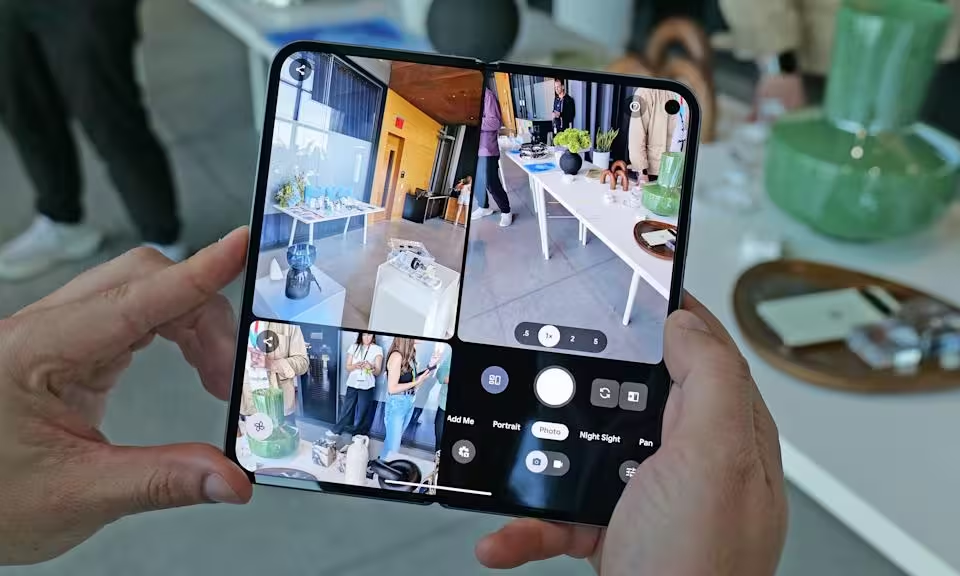
Displays and resilience
The internal 8-inch Super Actua Reflex display is touted as the largest on any phone, paired with a 6.4-inch outer Actua display — both capable of up to 3,000 nits peak brightness. The interior glass is redesigned with resilient ultra-thin glass and dual anti-impact layers to help protect the foldable screen from drops and wear.
Battery and charging
The Pixel 10 Pro Fold packs a 5,015mAh battery — positioned as the largest battery in a foldable device yet. It supports Qi2 wireless charging and fast wired charging that claims to reach 50% battery in 30 minutes using a 30W adapter.
Camera and multitasking
Camera hardware includes a 48MP main sensor, a 10.5MP ultrawide with macro focus, and a 10.8MP telephoto module. Software features tailored for the foldable include Instant View (previewing recent shots alongside the viewfinder), enhanced split-screen multitasking with resizable apps, and drag-and-drop file transfers to improve productivity workflows.
.avif)
Availability and pricing
The Pixel 10 Pro Fold arrives later than the rest of the lineup, launching on October 9. It starts at $1,799 for 256GB, and for the first time Google offers up to 1TB of internal storage on a Pixel Pro Fold.
Pixelsnap: Google’s magnetic accessory ecosystem and Qi2 integration
Google confirmed a long-awaited magnetic accessory ecosystem that mirrors Apple’s MagSafe strategy but builds on Qi2. Branded Pixelsnap, the accessory line includes magnetically attaching cases, a charging puck, a charging stand and a ring stand (non-charging). By shipping Qi2 support across the Pixel 10 family, Google aims to standardize magnetic attachment for reliable wireless charging, accessory alignment and seamless device pairing.
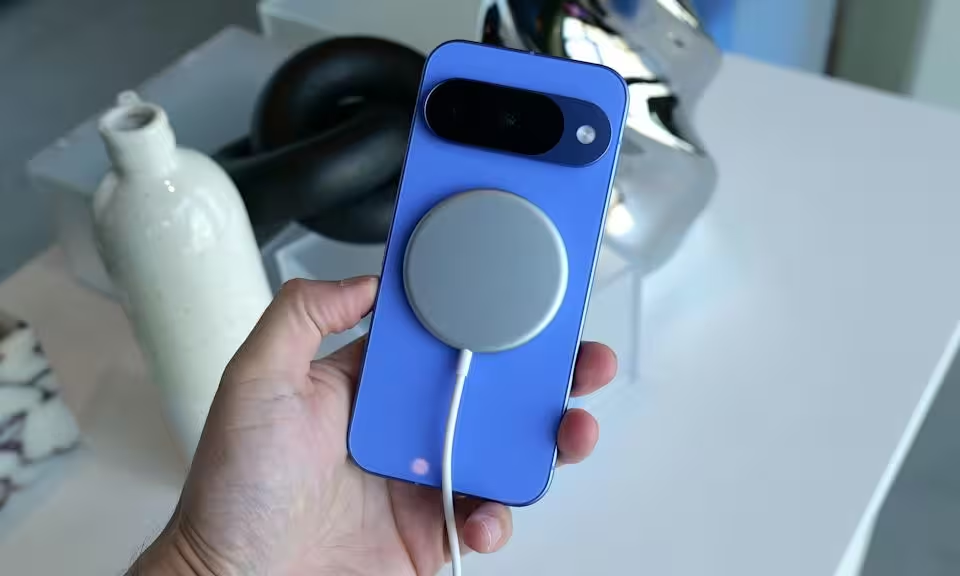
AI-first features: Gemini Nano, Magic Cue and Camera Coach
A major theme of the event was AI integration. With Tensor G5 and Gemini Nano running locally, Google announced a raft of generative and assistive experiences that run on-device for faster responses and improved privacy.
Magic Cue: contextual productivity
Magic Cue brings context-aware assistance into the OS by surfacing relevant information at the right time. The feature taps into your calendar, email and other permissions to proactively display details: your flight when you call an airline, reservation details when asked, or directions and confirmation codes when needed. It’s designed to reduce app switching and accelerate common tasks.
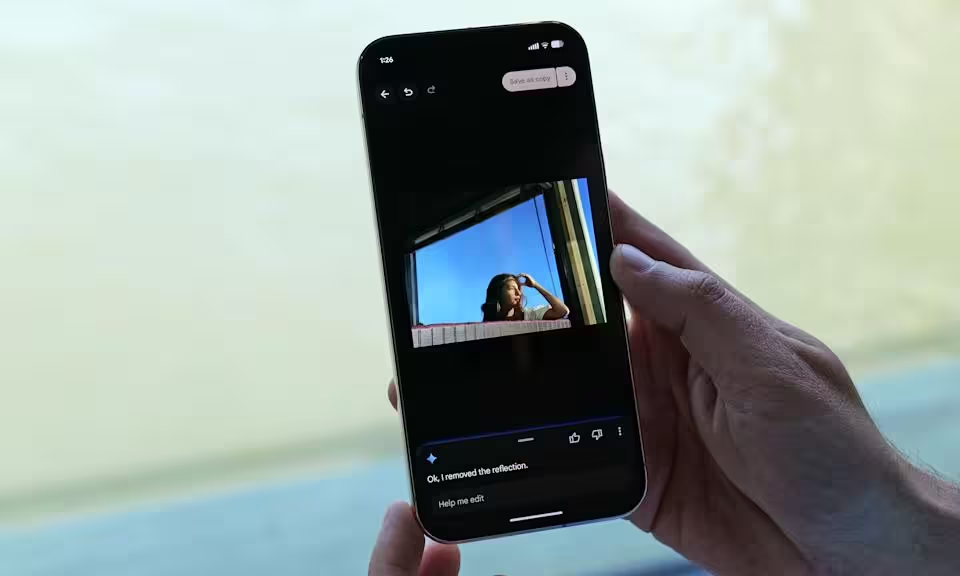
Camera Coach and Gemini Live
Camera Coach leverages Gemini to analyze framing, composition, and scene content in real-time. The feature offers suggestions to improve photos (framing, angle, lighting) and can propose camera modes for a given scenario. Gemini Live adds on-screen overlays and visual guidance to help users capture better images and videos, while Guided Frame provides audio descriptions of what the camera sees — a significant accessibility improvement for blind and low-vision users and a feature reminiscent of services like Be My Eyes.
Conversational Editing and Auto Best Take
Conversational Editing allows users to manipulate images using natural language prompts — asking Gemini to change lighting, reframe a shot, or remove unwanted objects. Auto Best Take analyzes multiple frames and automatically chooses the best group photo or moment, minimizing manual selection and post-processing.
C2PA content credentials
Pixel 10 phones are the first to integrate C2PA (Coalition for Content Provenance and Authenticity) content credentials directly into the camera app. This industry-standard approach embeds provenance metadata for media created or modified with generative AI, supporting transparency and trust in creative workflows and news reporting.
Voice Translate, emotional toning and call management
Translation features get an upgrade with Voice Translate, which can translate calls in real time and attempt to render translations in the caller’s voice. Google added a native audio model to Gemini Live that can control emotional tone and detect user emotions — used to refine translation and conversational interfaces. Call Message functionality separates missed and declined calls from spam, offers live transcripts, and proposes next-step suggestions to streamline communications.
Gboard, Pixel Studio, NotebookLM and Pixel Journal
Keyboard and productivity tools like Gboard will receive additional AI-powered writing assistance, while Pixel Studio and NotebookLM integration aim to improve creative and research workflows. Google also introduced Pixel Journal, a private, AI-assisted journaling app that suggests prompts and helps users track progress while keeping content private on-device — a nod to privacy-conscious design similar to trends from other platforms.
Pixel Watch 4: a smarter, brighter wrist companion
Google’s Pixel Watch 4 upgrades the wearable formula with a larger dome-style display (10% larger than the Pixel Watch 3), brightness up to 3,000 nits for outdoor readability, and improved battery life rated at up to 40 hours on a single charge. Google also emphasized repairability improvements for the screen and battery, though hands-on testing will be needed to gauge real-world serviceability.
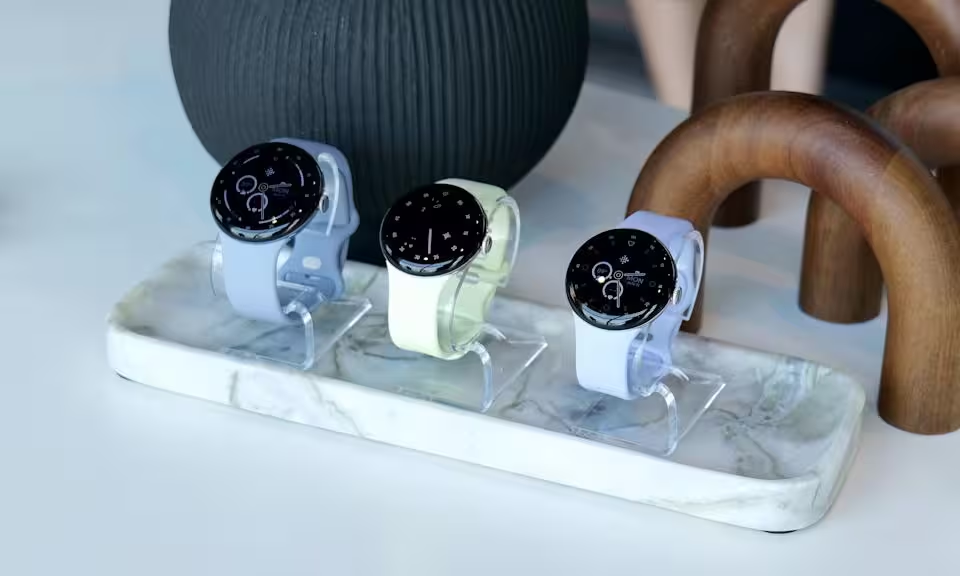
Health, safety and fitness
Key health features include ECG and irregular heart rhythm detection, fall detection and emergency satellite connectivity for use when cellular or Wi‑Fi is unavailable. Pixel Watch 4 can reportedly detect cardiac arrest and contact emergency services. The watch includes an AI-based personal fitness coach, with Fitbit Premium subscribers to receive early access to richer coaching experiences.
Sizes, pricing and availability
Available in 41mm and 45mm sizes, the Pixel Watch 4 starts at $349 and will be available October 9.
Pixel Buds 2a and Pixel Buds Pro 2 updates: ANC, Tensor A1 and better battery life
Google expanded its Buds lineup with the Pixel Buds 2a, adding active noise cancellation (ANC) powered by a new Tensor A1 audio chip. Despite the upgrade, Google says these are the lightest and smallest A-Series earbuds to date. The buds carry IP54 dust and water resistance, with the charging case rated IPX4.
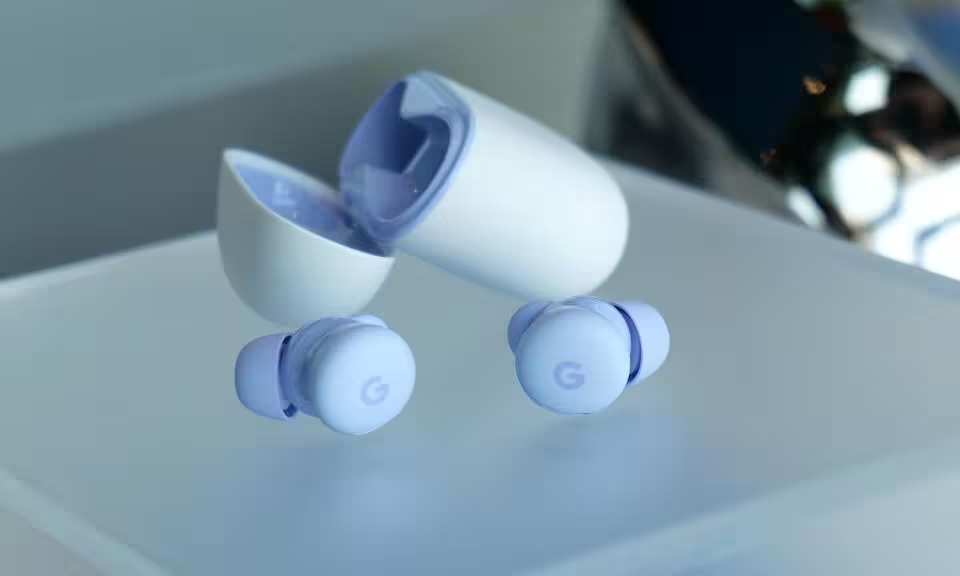
Audio and AI capabilities
The Tensor A1 chip aims to deliver clearer call quality, improved audio processing and on-device AI features including Gemini integrations. Battery life is doubled compared to the previous A-Series generation: up to 10 hours of listening per charge and an additional 17 hours in the case (reduced to seven and 13 hours when ANC is enabled).
Pricing and colorways
Pixel Buds 2a arrive October 9 in Hazel and Iris for $130, a modest price increase tied to the new ANC and hardware upgrades. The premium Pixel Buds Pro 2 will receive a new Moonstone color to match the Pixel 10 family, and a September software update will add features such as sudden-loud-noise protection, adaptive audio based on ambient volume, head-gesture controls for calls, and advanced audio processing for Gemini Live.
Comparisons, advantages and real-world use cases
How does the Pixel 10 family stack up against rivals like the iPhone line or Samsung Galaxy S/Note series? Several differentiators are clear:
- On-device generative AI: Running Gemini Nano locally via Tensor G5 gives Pixel devices distinct advantages in latency, privacy and offline feature availability. For professionals who rely on quick content edits, voice translations and contextual prompts, local AI accelerates workflows.
- Camera democratization: Bringing telephoto optics and computational zoom to the non-Pro Pixel widens the accessible photography feature set and increases the value proposition for buyers not wanting to pay flagship premiums.
- Qi2 and Pixelsnap: Standardizing on Qi2 and introducing Pixelsnap accessories positions Google to compete directly with the magnetic accessory ecosystems of other platforms while incorporating open charging standards.
- Foldable durability: If Google’s claims about hinge longevity and IP68 ingress protection hold up in independent testing, the Pixel 10 Pro Fold would stand out among foldables that often sacrifice ruggedness for flexibility.
Use cases by persona
Prospective buyers should weigh features against their needs:
- Mobile photographers: Pro and Pro XL users benefit from larger sensors, 48MP optics and high-performance computational tools like Auto Best Take and Conversational Editing to speed post-production.
- Remote workers and road warriors: Magic Cue, Voice Translate, and long battery life make the Pixel 10 series compelling for people who need contextual information on the fly and reliable language tools during travel.
- Foldable power users: The Pixel 10 Pro Fold targets multitaskers who want a large canvas for split-screen workflows, drag-and-drop transfers, and extended battery life for extended sessions away from power.
- Health-conscious users: Pixel Watch 4’s improved battery, satellite emergency connectivity, ECG and AI coaching are attractive for users who want both safety features and fitness guidance on the wrist.
Market relevance and how Google’s strategy may shape the industry
Google’s 2025 lineup underlines two industry-wide trends: the acceleration of on-device AI and the push toward standards-based accessory ecosystems. By implementing Gemini Nano on-device, Google sets expectations that future apps will take advantage of fast, private generative AI without constant cloud round-trips. Qi2 and Pixelsnap indicate a bet on cross-manufacturer compatibility that could reduce the lock-in that MagSafe-style systems produce.
For OEMs and accessory makers, Pixelsnap and Qi2 adoption can mean simpler manufacturing and universal compatibility, while consumers benefit from smoother charging, magnetic alignment and accessory interchangeability. For competitors, Google's emphasis on local AI and content provenance (C2PA) is likely to nudge others to match privacy-preserving AI features and robust authenticity tools.
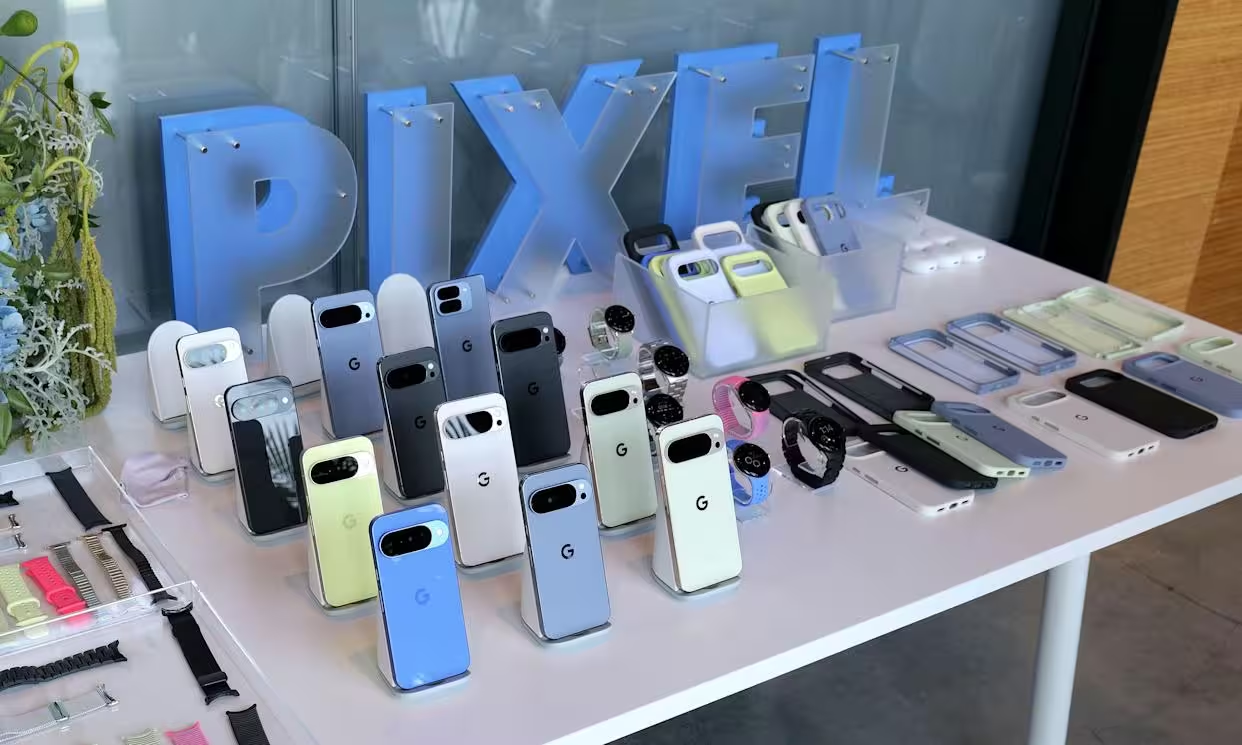
Limitations and open questions
Despite the ambitious portfolio, there are outstanding questions that will depend on hands-on testing and real-world usage:
- How effective will Gemini Nano be across diverse languages and complex creative tasks compared with cloud-based models?
- Will the Pixel 10 Pro Fold’s hinge and interior glass genuinely deliver long-term reliability under heavy daily use?
- Will Pixelsnap accessories and Qi2 reach broad third-party adoption or remain primarily Google-focused?
- How will battery life specs translate to intensive AI usage or continuous camera processing — e.g., sustained Gemini Live overlays, Camera Coach, and high-brightness HDR playback?
Bottom line: Who should consider buying
Google’s new hardware and software ecosystem targets a wide audience. Casual users seeking a capable phone with strong AI features will find the Pixel 10 compelling. Creators and photo enthusiasts will gravitate to the Pro and Pro XL for advanced cameras and pro-level editing tools, while power users and professionals wanting a large productivity canvas should evaluate the Pixel 10 Pro Fold. Wearable buyers looking for health, safety and improved battery life will want to try the Pixel Watch 4. Finally, anyone who values on-device AI, privacy and fast local responses will appreciate the integration of Tensor G5 and Gemini Nano across the lineup.
Practical advice for interested buyers
If you’re making a purchasing decision:
- Wait for independent battery and durability tests if long-term robustness matters. Google’s hinge and IP68 claims are promising but need validation.
- Consider the Pixel 10 Pro XL if you prioritize wireless charging speeds and upgraded audio since it introduces 25W Qi2 wireless charging and improved speakers.
- For photographers who shoot groups and fast-moving subjects, the Pro models’ Auto Best Take and 48MP triple-camera arrays could save time in post-production.
- If privacy and offline AI are priorities, evaluate the local Gemini Nano experiences to see whether they meet your workflow without requiring cloud connectivity.
Final thoughts: A software-first hardware refresh
Made by Google 2025 shows a company doubling down on software-driven differentiation: advanced on-device AI, smarter camera tools, a standardized magnetic ecosystem and durable foldable engineering. The Pixel 10 family and its companion devices are designed to blur the lines between hardware capability and AI-enhanced user experiences. If Google’s claims about battery life, display brightness, and foldable durability hold up, the Pixel 10 series could set new expectations for what mid- and high-end Android phones should include out of the box.
For tech enthusiasts and professionals, the most interesting development may be the broader availability of tools that once required cloud processing. The combination of Tensor G5, Gemini Nano, and C2PA content credentials could influence content creation, privacy norms and how media authenticity is managed across platforms. Buyers and businesses should watch real-world reviews closely, but Google’s roadmap signals a new phase for mobile AI and hardware integration.

Leave a Comment